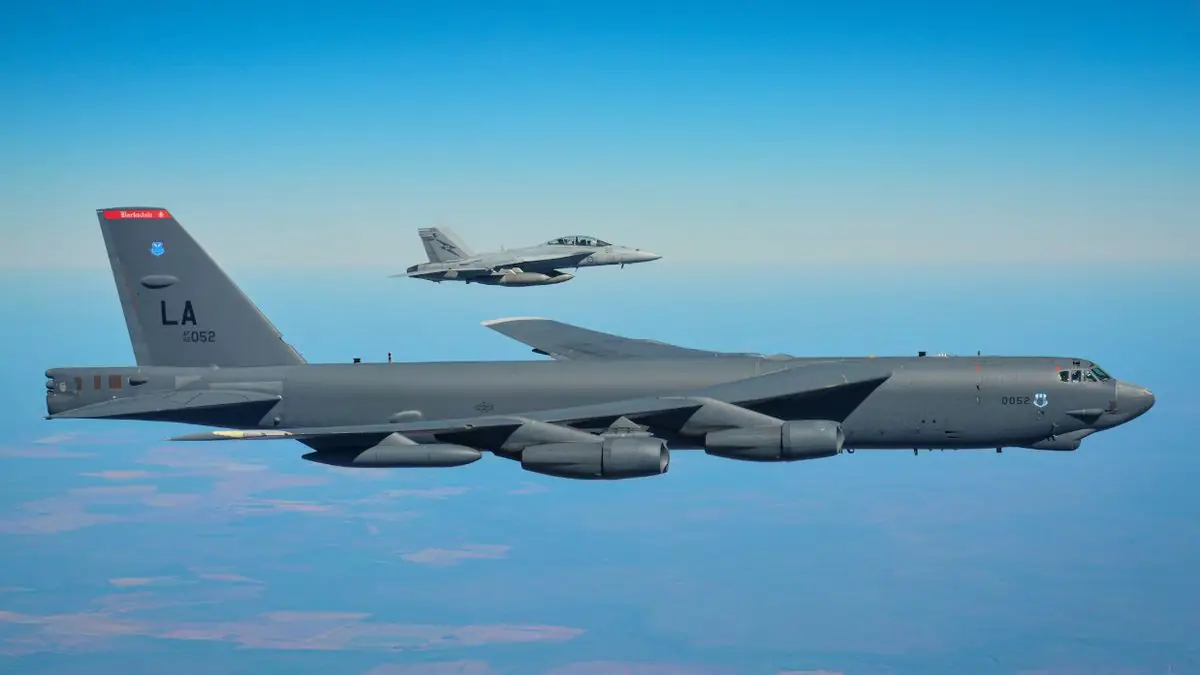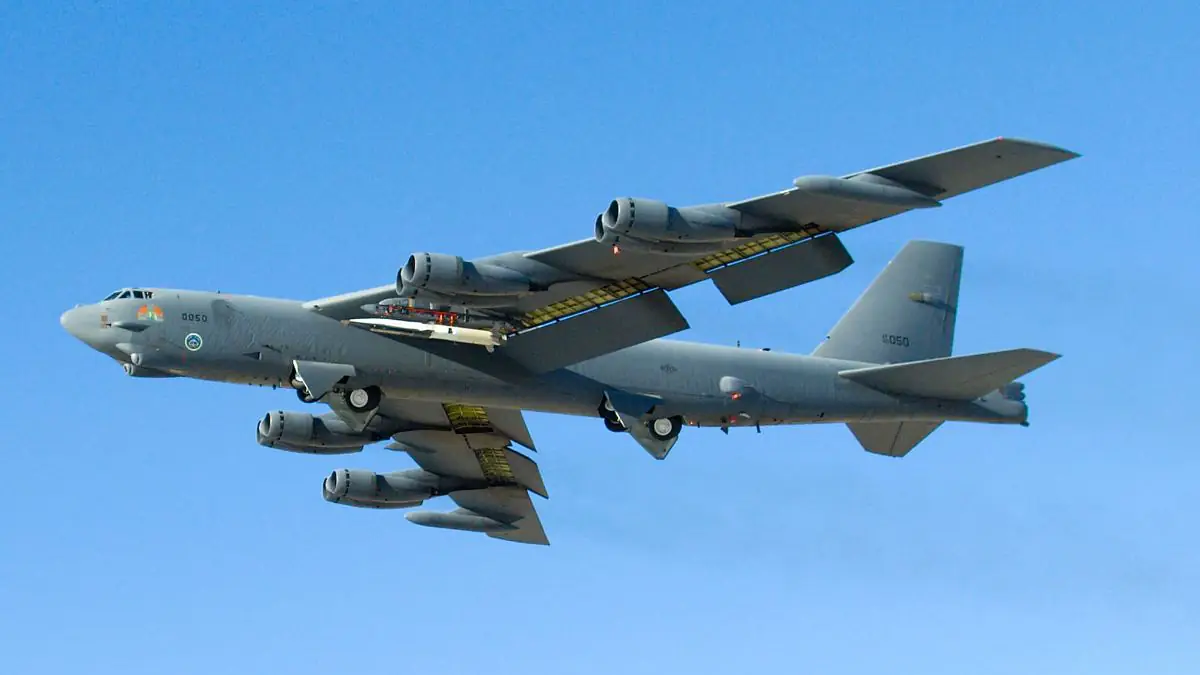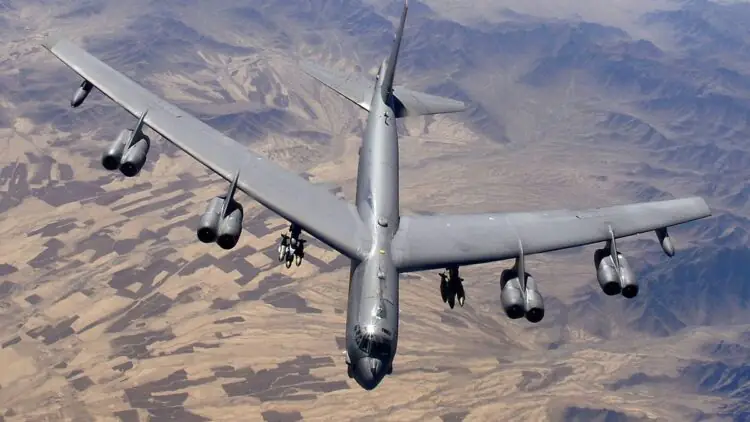The cost of upgrading the B-52’s radar system – an effort that will ultimately reclassify the B-52H to the B-52J configuration – has increased. Under the Nunn-McCurdy Act, the U.S. Department of Defense is required to notify Congress if a program’s costs significantly exceed its approved baseline. If the cost overrun is deemed “critical” (25% or more), the Pentagon must either justify its importance to national security or terminate the program entirely. As a result, the U.S. Air Force is currently considering scaling back the radar modernization effort.
The Air Force has labeled the B-52 radar upgrade cost growth as “significant.” Military and industry sources say the increase is around 17%, which means the program has not yet crossed the threshold requiring formal certification to continue.

“The Air Force’s bomber program executive has submitted a report on the cost deviation of the radar modernization effort to the service’s acquisition leadership,” an Air Force spokesperson stated. “The Air Force is currently evaluating the cost and schedule implications of the program, and preliminary analysis suggests a significant overrun.”
Raytheon, under contract with Boeing, is responsible for developing and integrating the new radar system. The radar upgrade program lead has notified Air Force acquisition officials that the projected cost may increase – not actual expenditures, but the estimated budget. The acquisition office is now conducting a formal assessment. If the cost increase is confirmed to be significant but not critical, the Air Force will be required only to notify Congress and file a Selected Acquisition Report.
The program involves replacing the aging and often problematic AN/APQ-166 radar on the B-52 with the newer Raytheon AN/APQ-188. This system is a hybrid of active electronically scanned array (AESA) radars used on the Boeing F-15 and F/A-18 platforms. The radar upgrade is part of a broader B-52J modernization effort, which also includes the installation of new engines and pylons, a digital engine control system, updated communications equipment, and other enhancements. These upgrades are intended to extend the operational lifespan of the B-52 fleet into the 2050s.

In addition to terrain mapping and long-range air threat detection and tracking, active electronically scanned array (AESA) radars are also employed for electronic warfare operations.
Darlene Costello, the Principal Deputy Assistant Secretary of the Air Force for Acquisition, Technology and Logistics, acknowledged the cost overrun but expressed confidence that the modernization effort would not cross the “critical” threshold. “That’s why we’ve decided to continue the program,” she said. “We believe there’s an affordable path to deliver the required capability. We performed an affordability analysis as soon as we learned the price would exceed initial expectations.”
She confirmed that the program had exceeded the “significant” threshold and that the Air Force was preparing to formally notify Congress. According to a 2024 report by the Government Accountability Office, the radar upgrade program’s cost has grown from \$2.3 billion to \$2.6 billion.
Source: airandspaceforces









